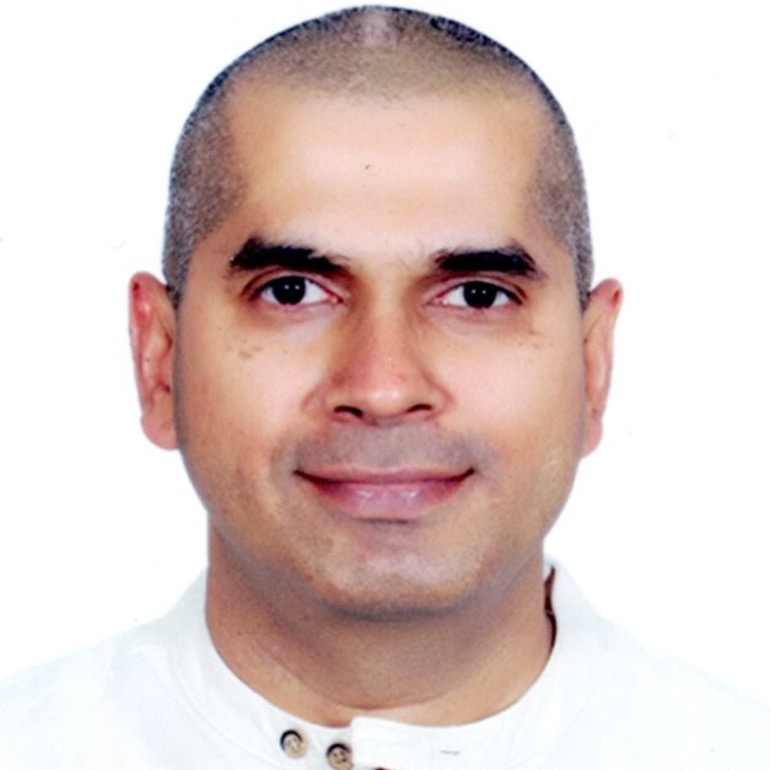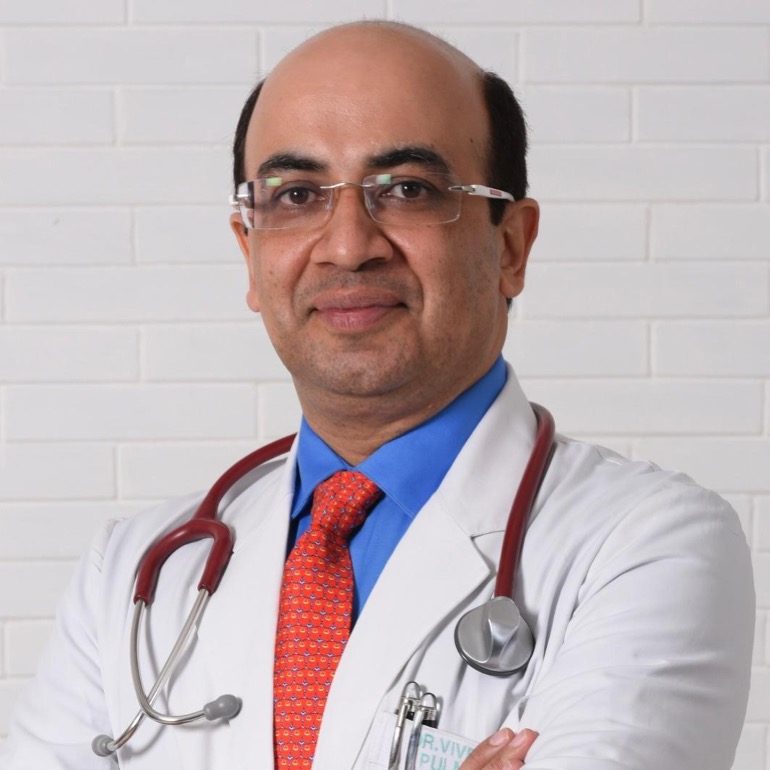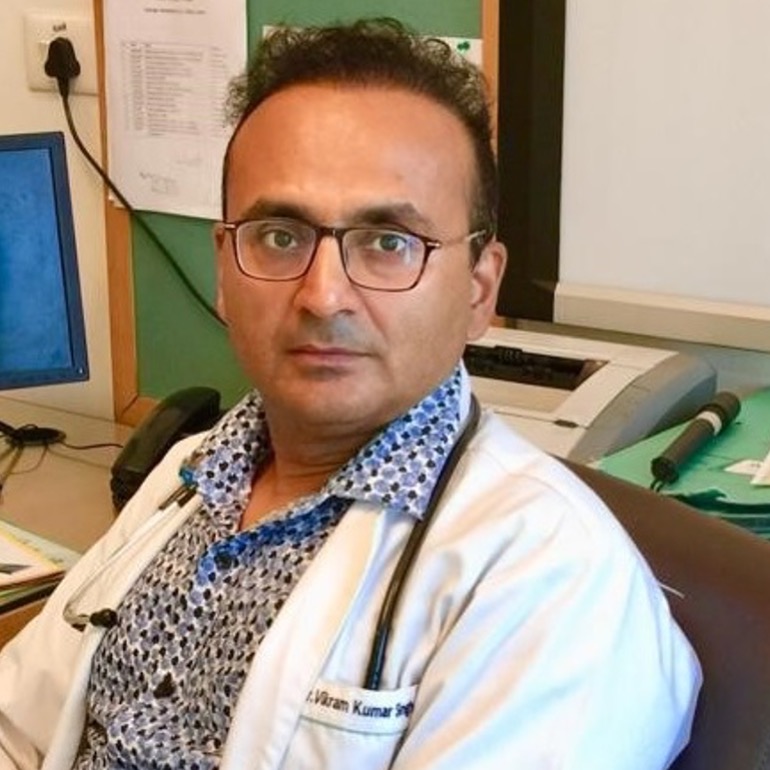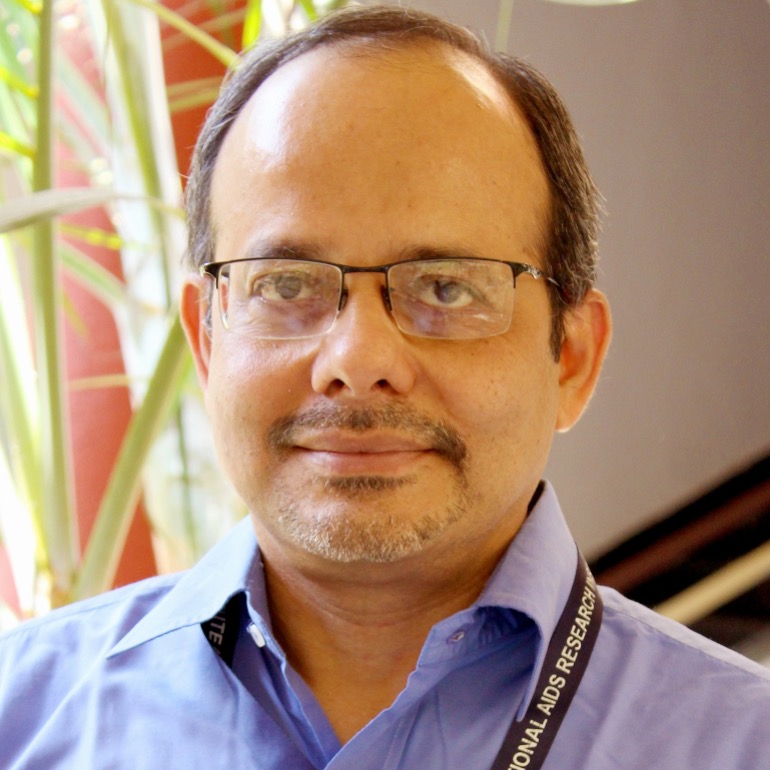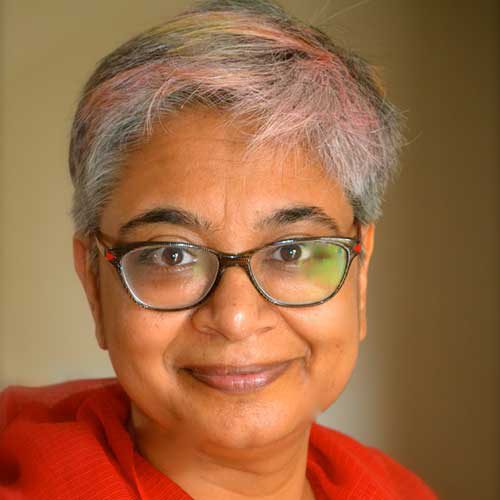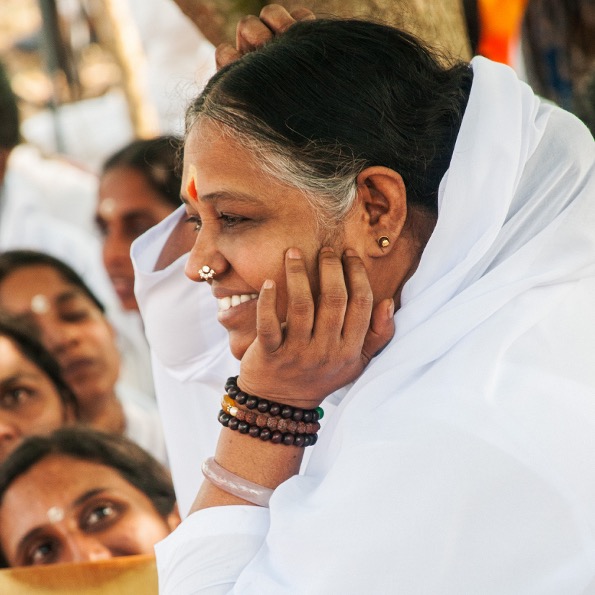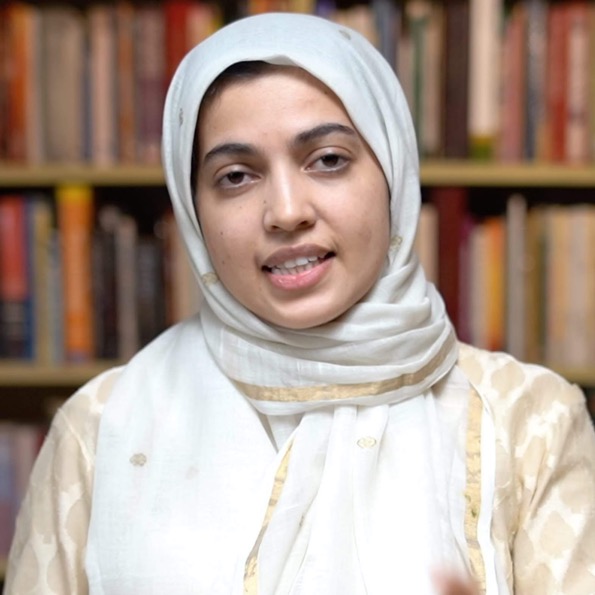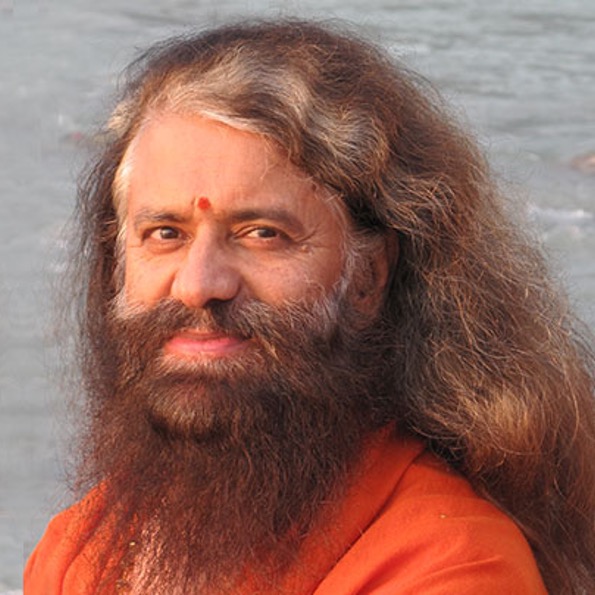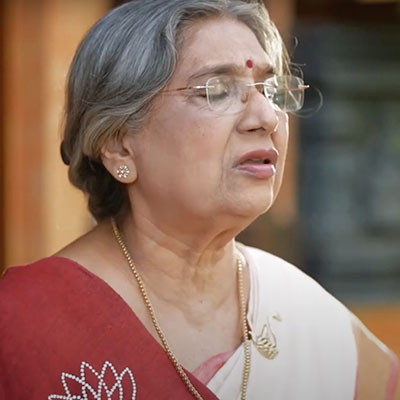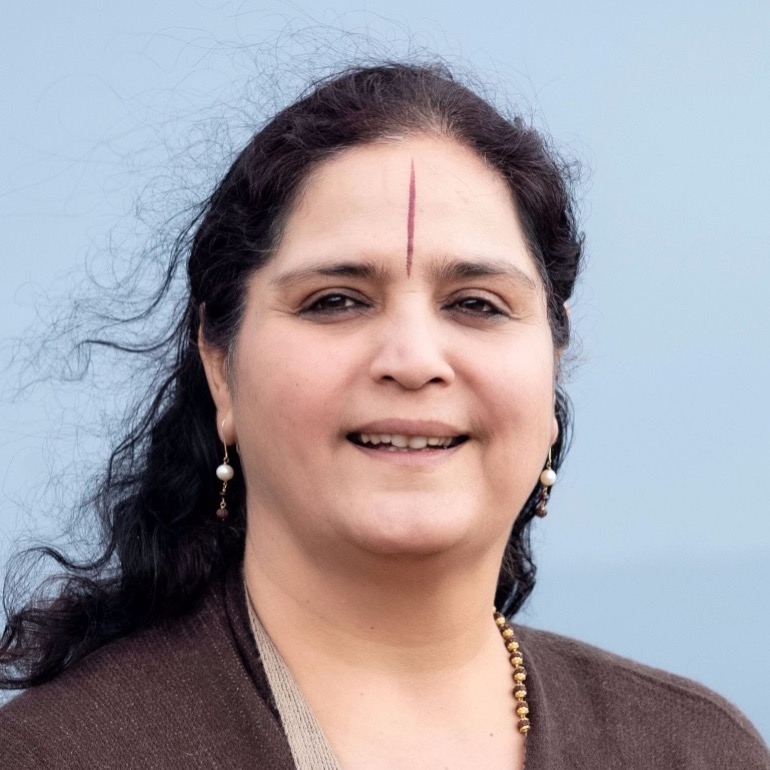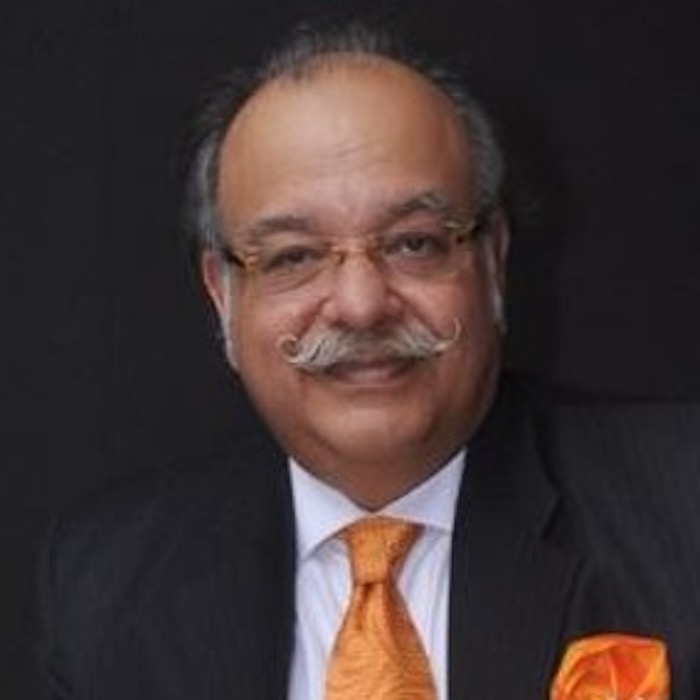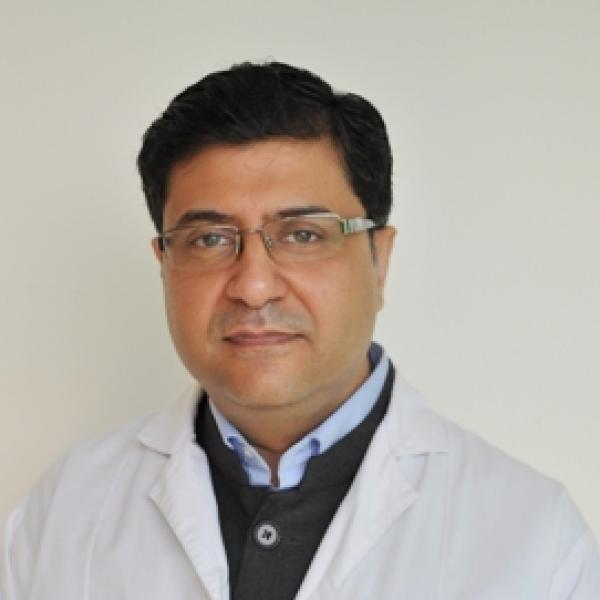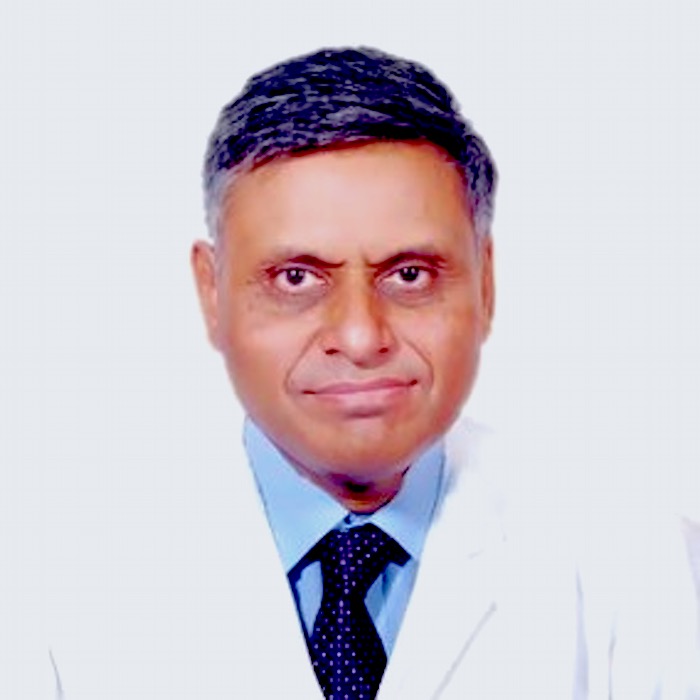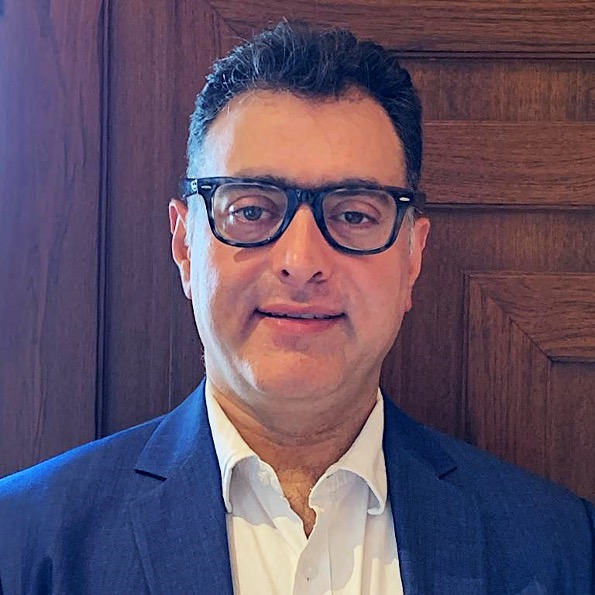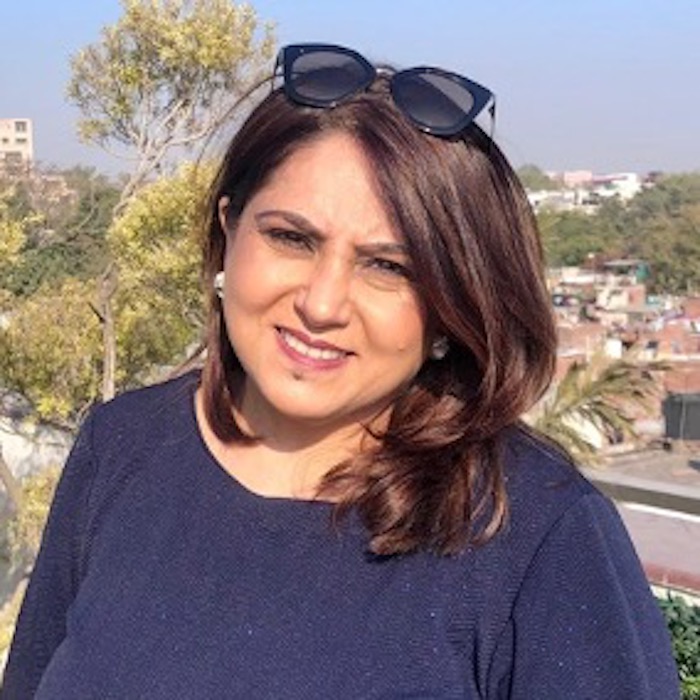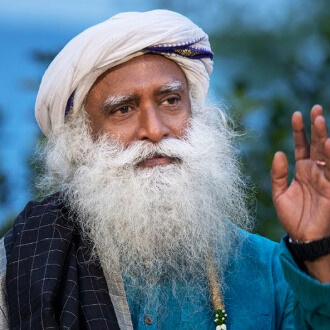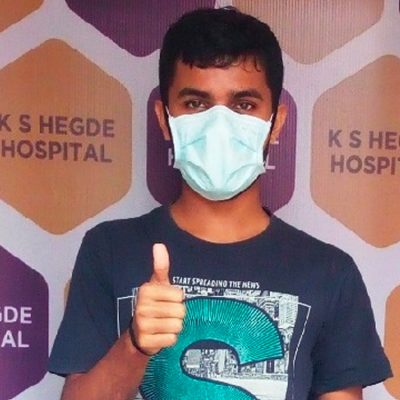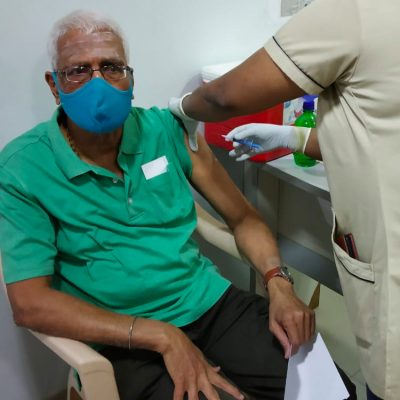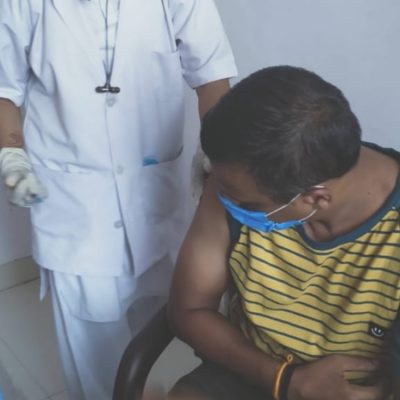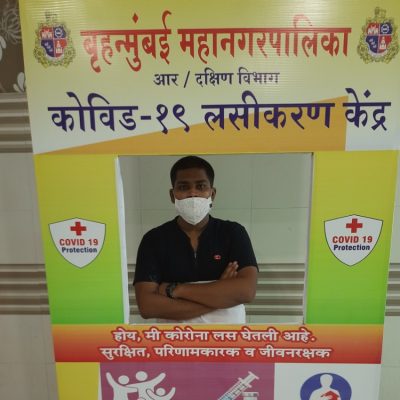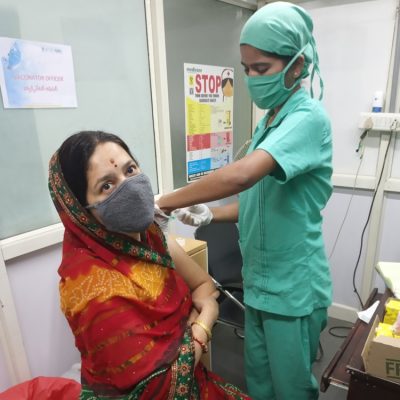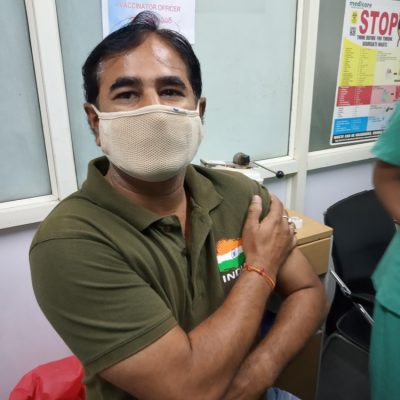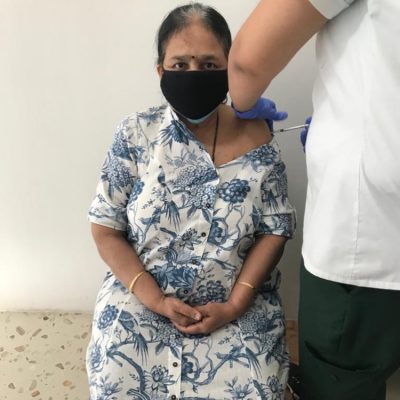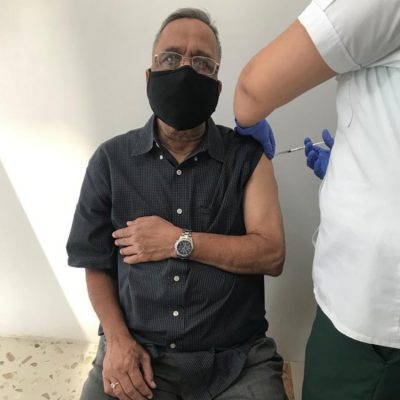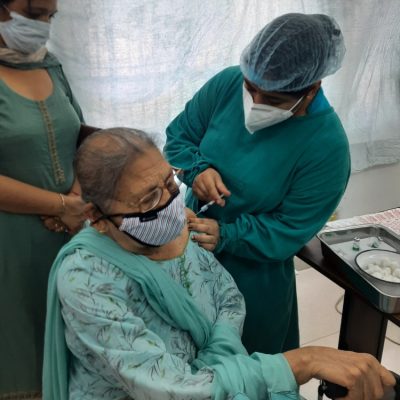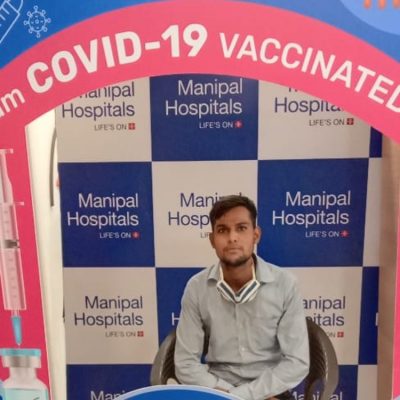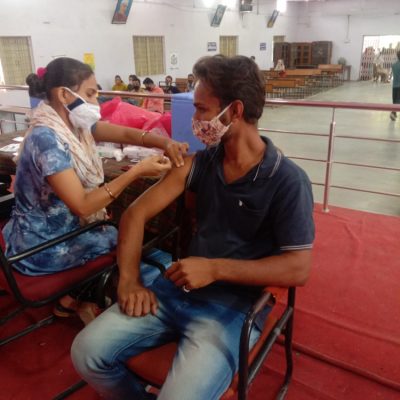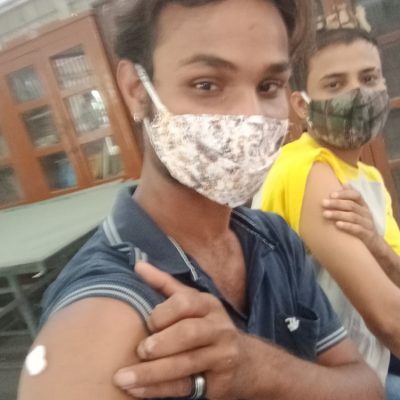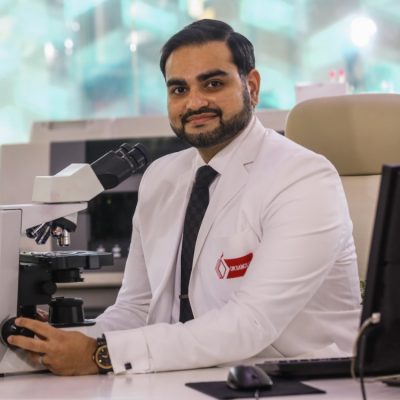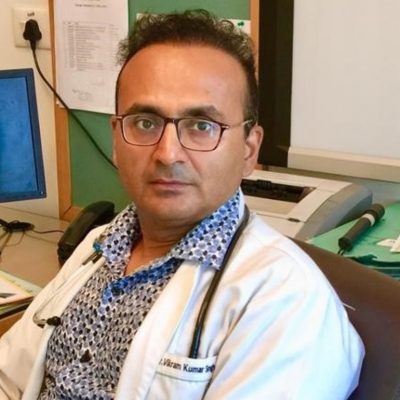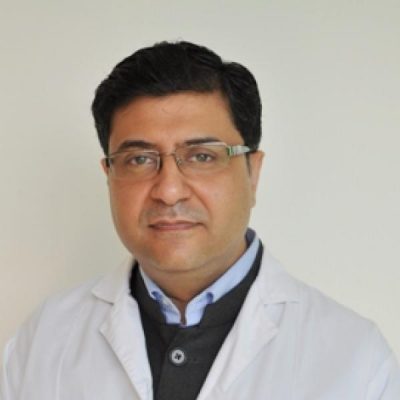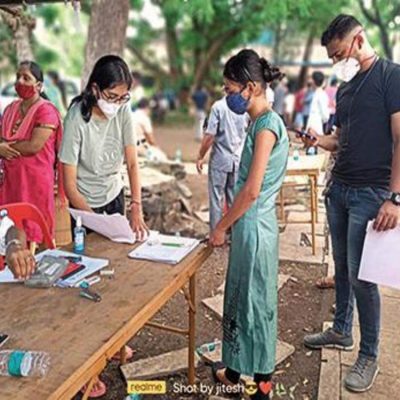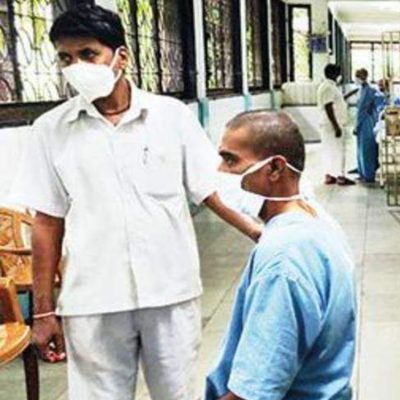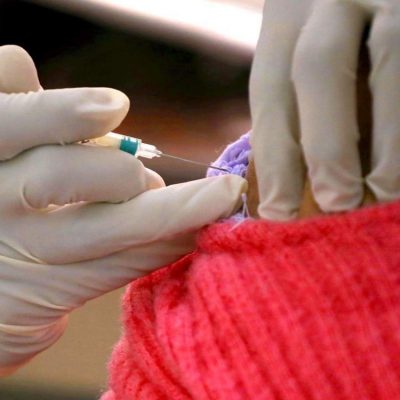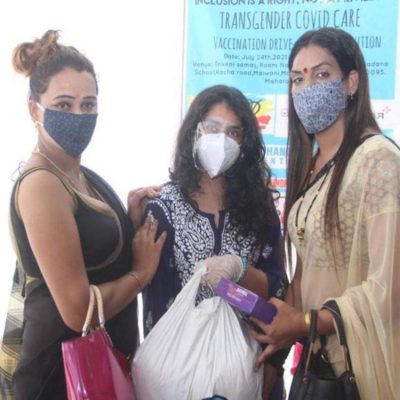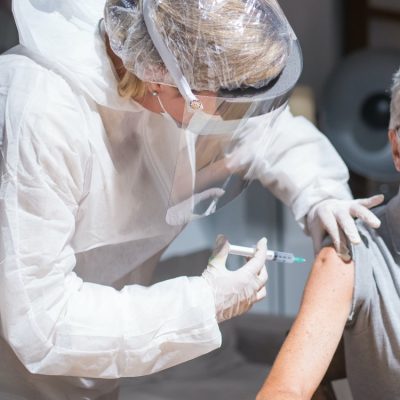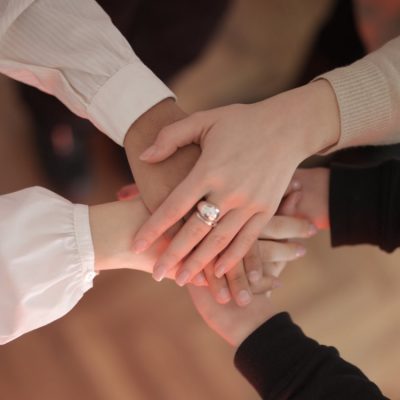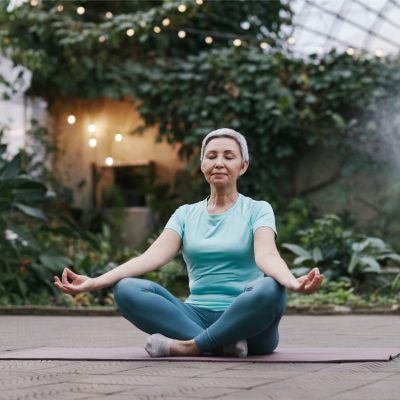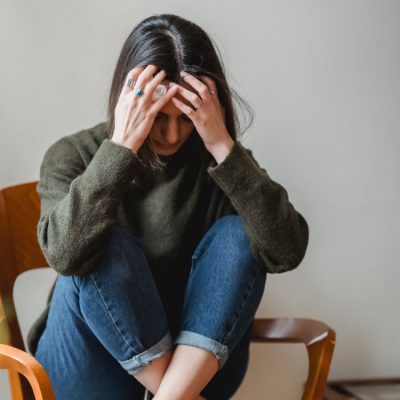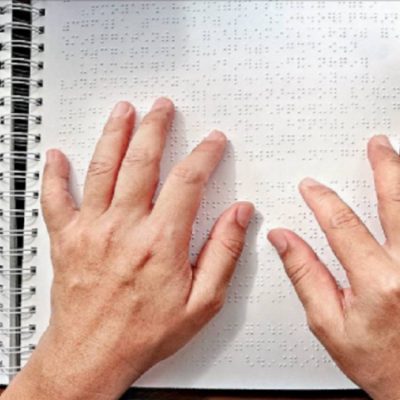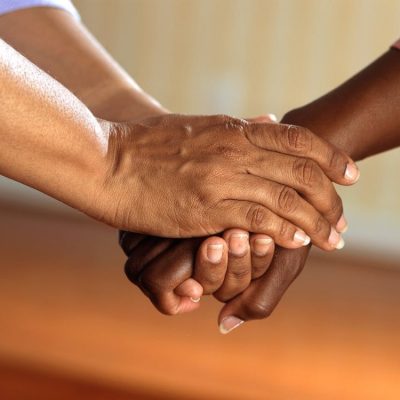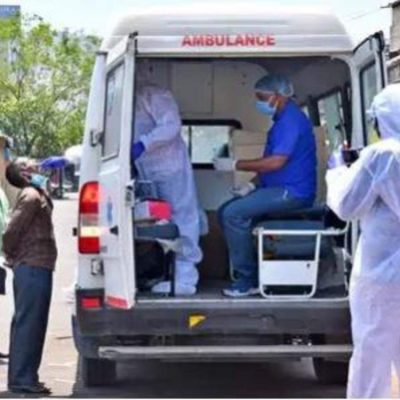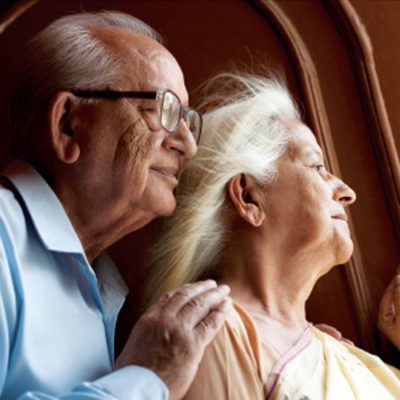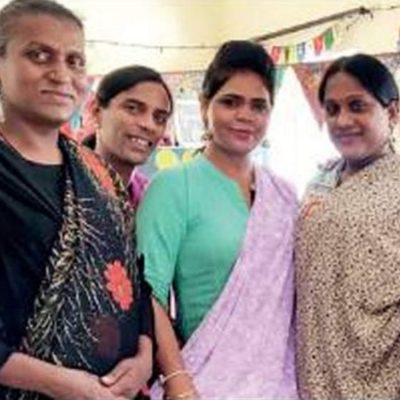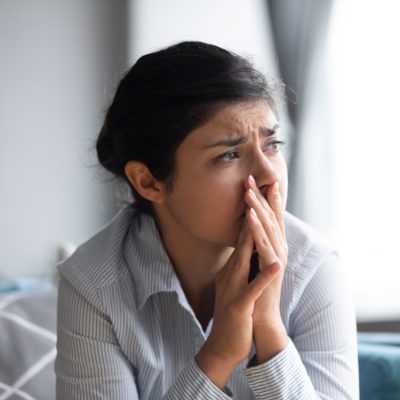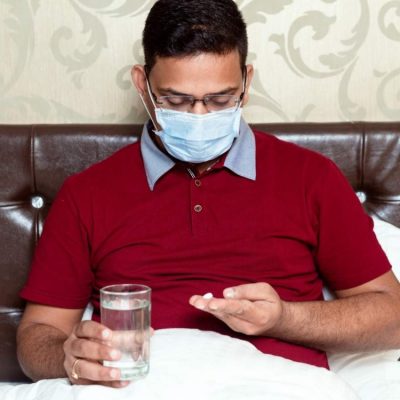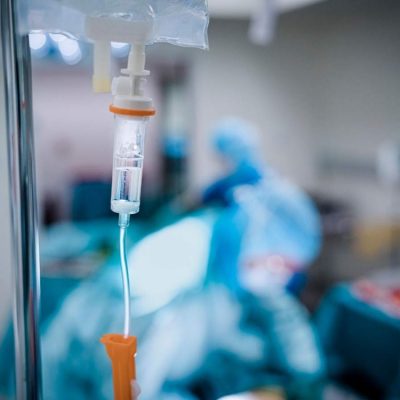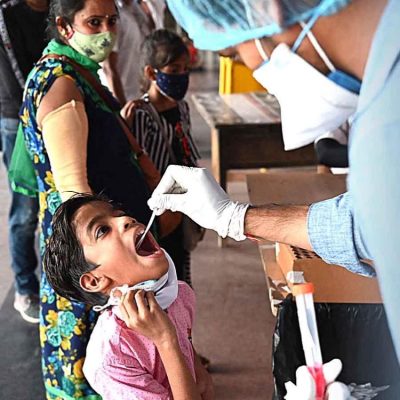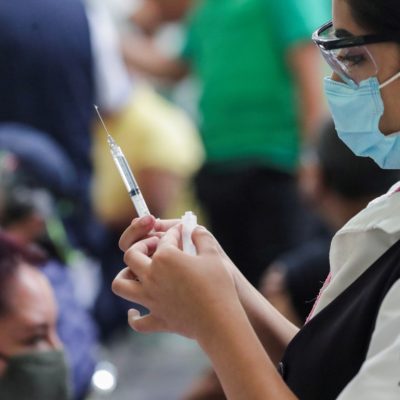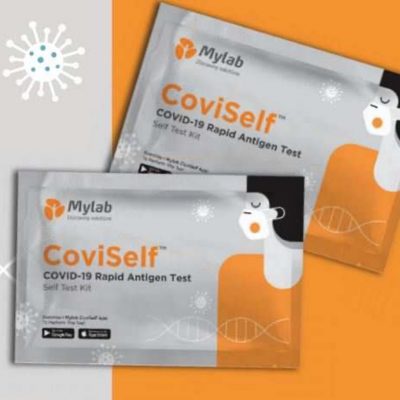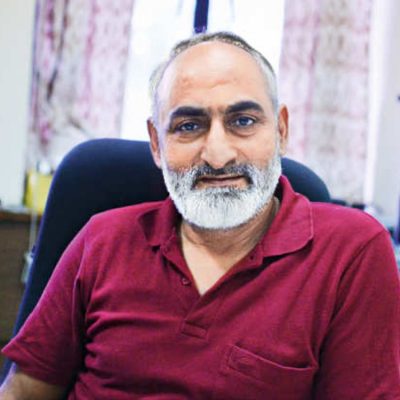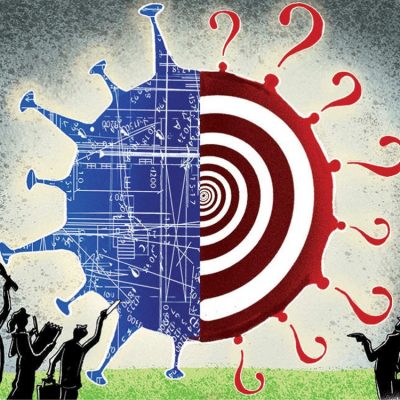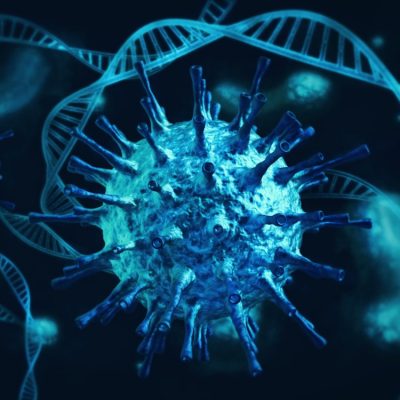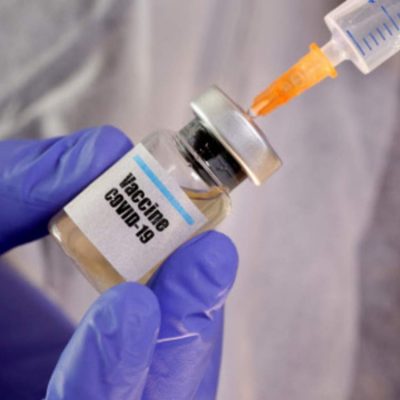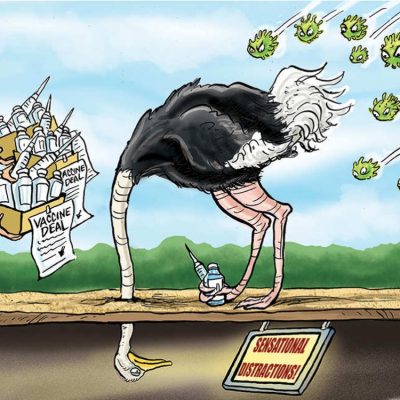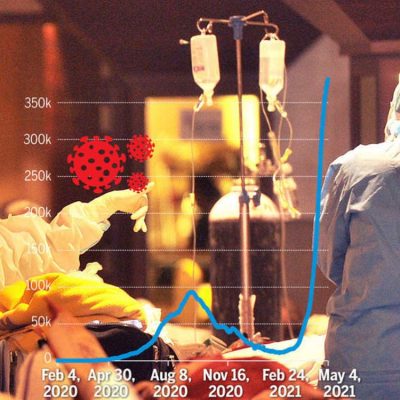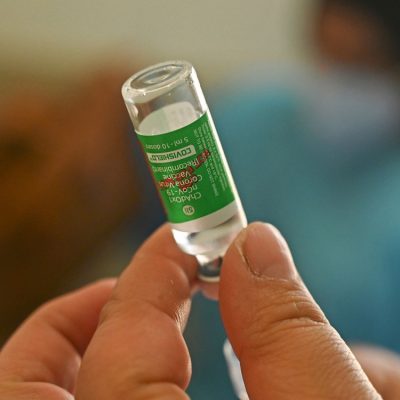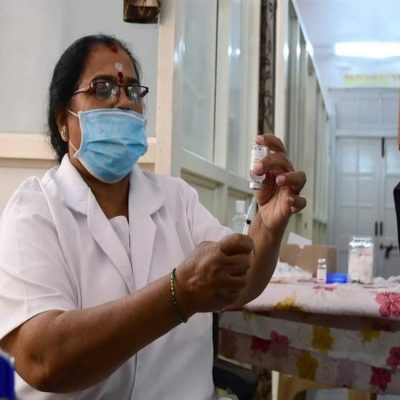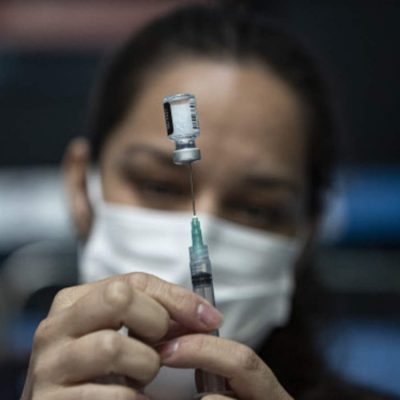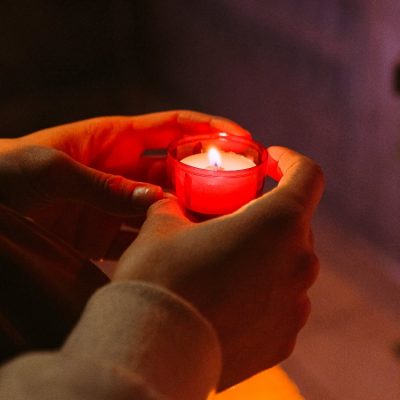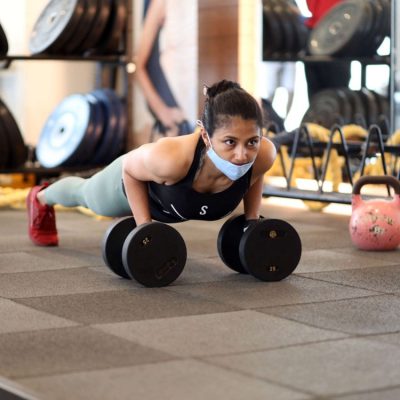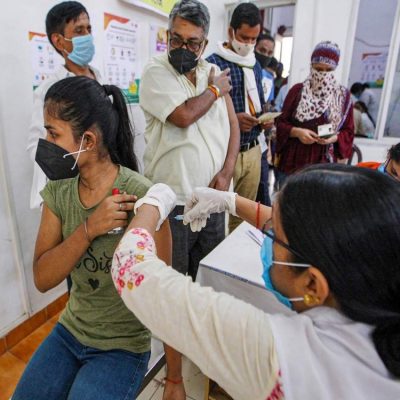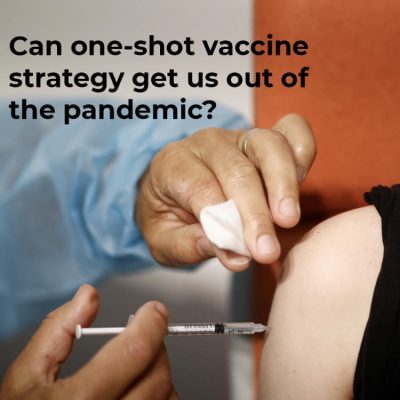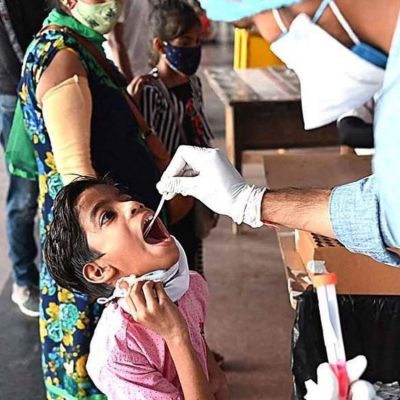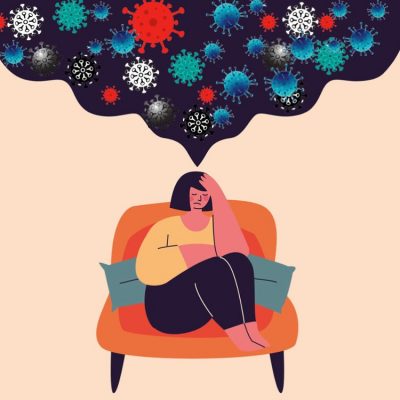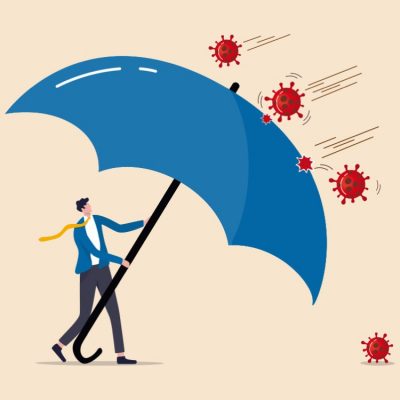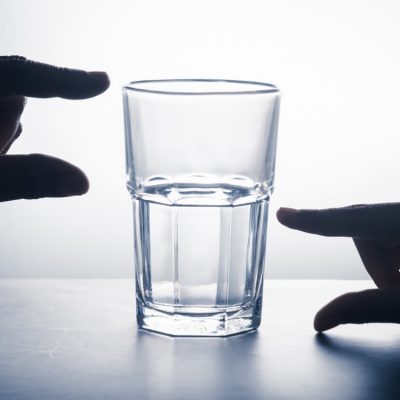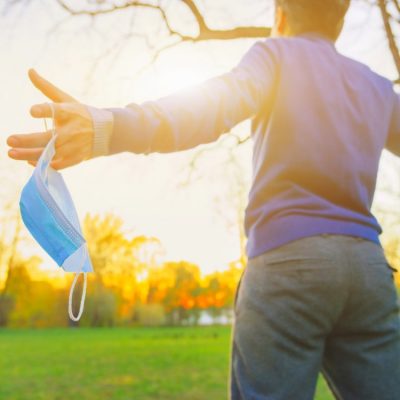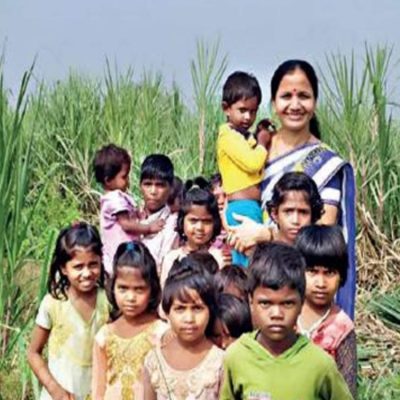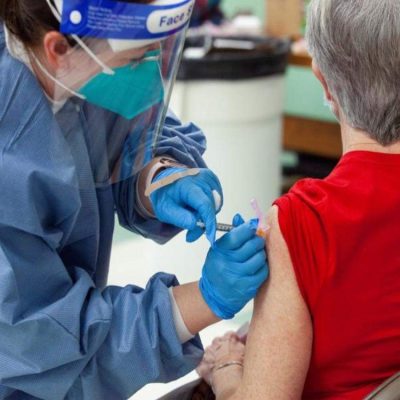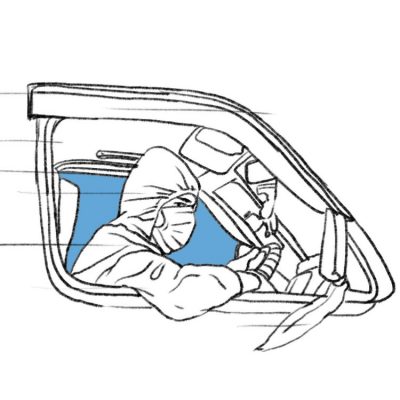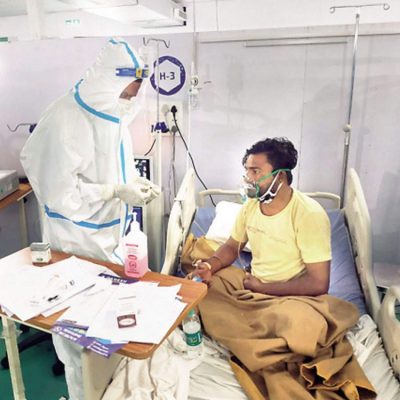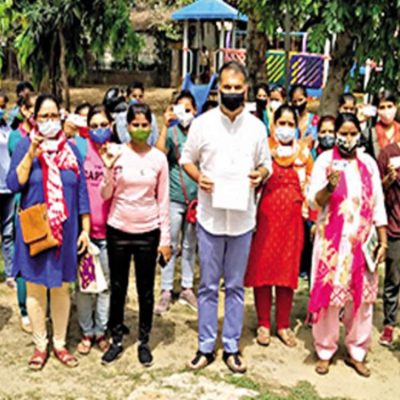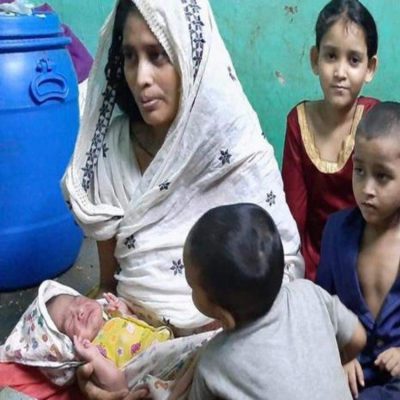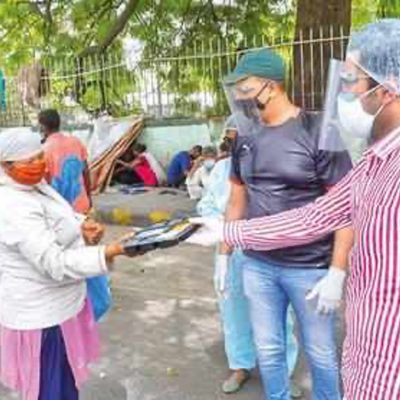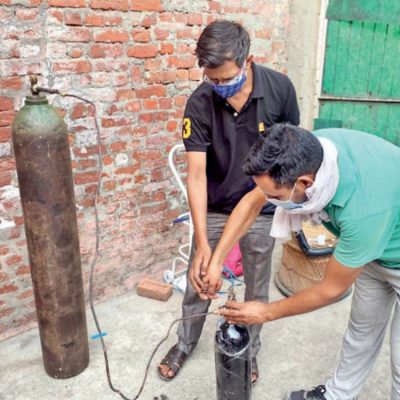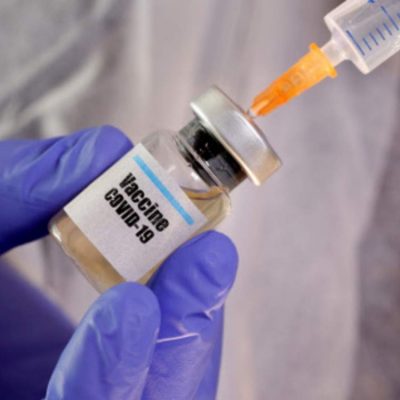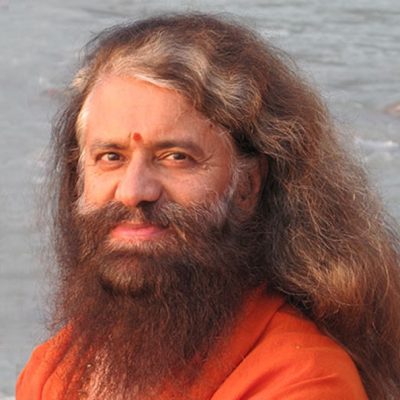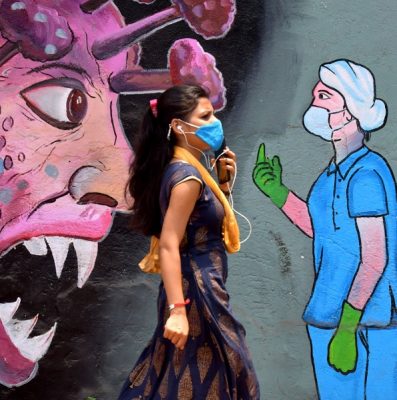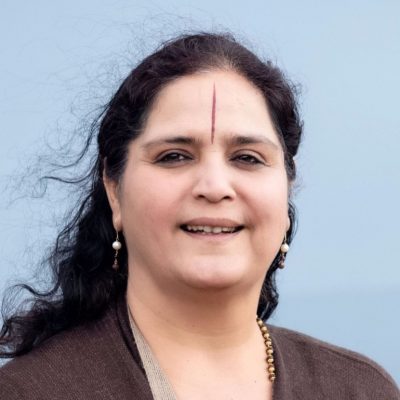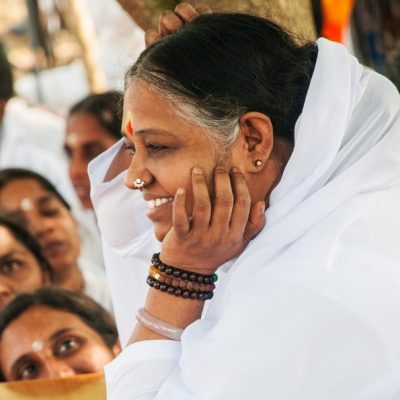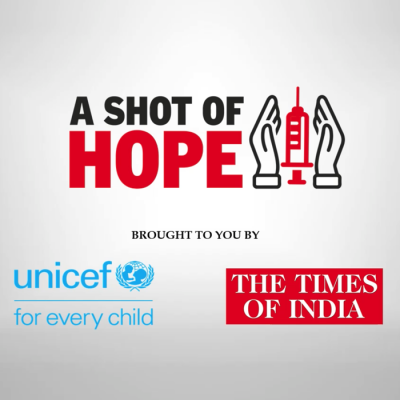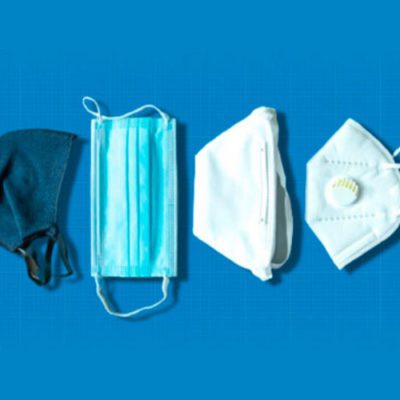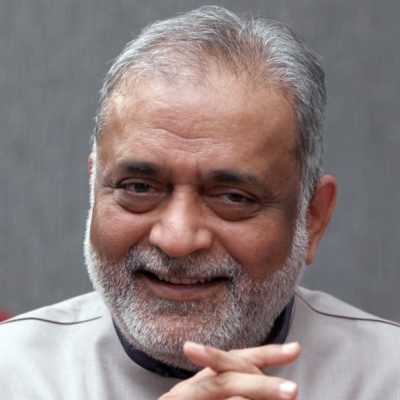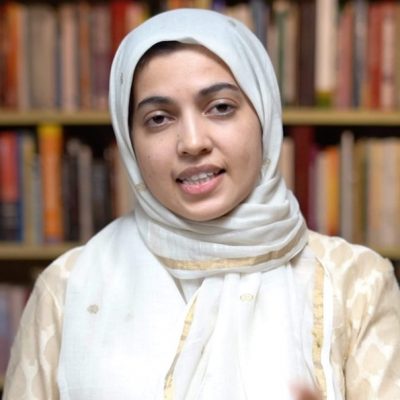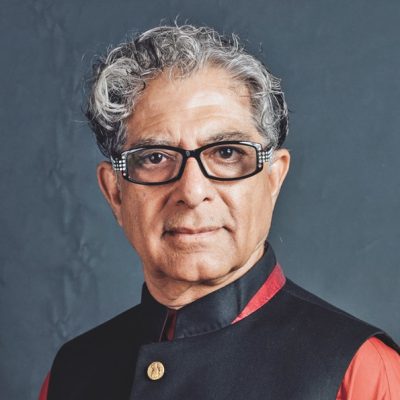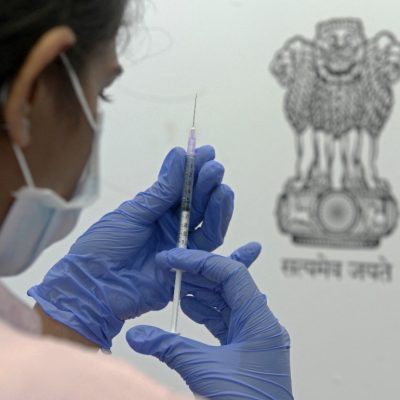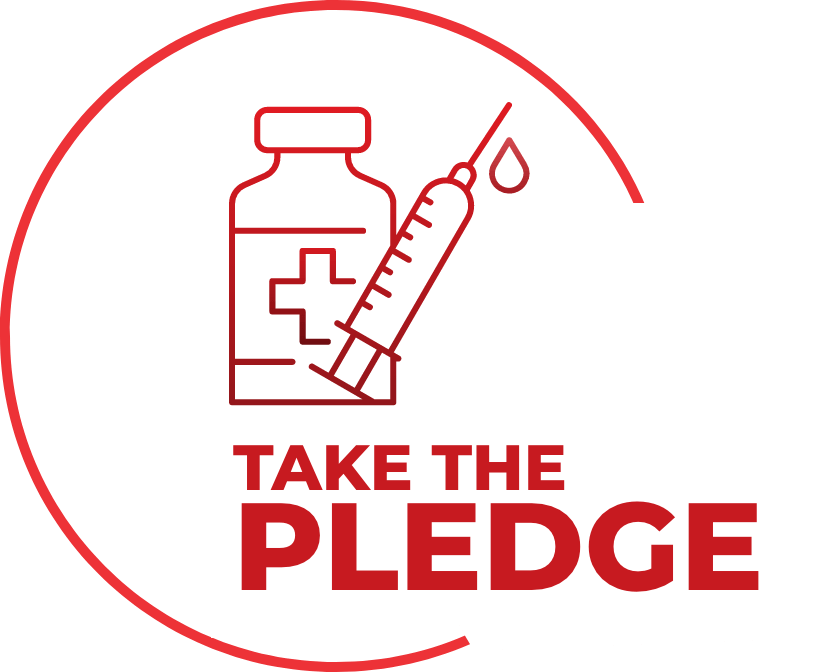Psychological rehab methods that should be employed for Covid patients and those suffering from post-Covid complications. Even general people are also suffering from loneliness during the pandemic. What needs to be done?
The suffering of the survivors of Covid is not only related to the traumatic events; rather, the subsequent life events and sufferings in the post Covid life cause higher emotional problems if an adequate, community-based, psychosocial care approach is not adapted. Individuals are not in any real sense autonomous or self-sufficient, their loneliness during the pandemic is real and healing occurs in the context of family, friends, and community.
Rehabilitation introduced the notion of a bio-psycho-social medical model, initiatives need to integrate psycho social care as an essential part of the overall care and rehabilitation. Those who receive a spectrum of care including health care, psychosocial, livelihood, educational, developmental activities would have less emotional reactions, better functionality and quality of life. Effective rehabilitation methods for persons who survived Covid and those suffering from post Covid social and other traumatic events including loss of loved ones to being children who were separated from the parent due to quarantine and their complications needs to address the problems posed by various potential events.
The post Covid rehabilitation planning continuum is broad in scope and must address collaboration across agencies and organizations, advance preparations, as well as needs assessments, event management, recovery and rebuilding efforts.
It is important to facilitate understanding of the meaning of personal and community losses and also to ensure adjustment and acceptance of change. To ensure this, working with individuals/families, facilitating support groups in the community, development of community-based organizations, community solidarity, and many other interventions are crucial. Failure to provide these services definitely will show higher distress, disabilities, and lack of social well-being. Local community support in coordination with Government functionaries need to reach each every families by providing with appropriate services. It is very important to focus on population than individuals to create a supportive and a resilient community.
Adults are advised to follow COVID-Appropriate Behaviour to keep them protected from catching Covid-19 infection. How can we protect the children?
Well, older kids can follow Covid- Appropriate Behavior to protect themselves.
We do not recommend mask in children below 2 years. In fact, we have observed it is difficult to make children between 2 to 5 years wear masks. So, it is advisable to keep them indoors. But don’t forget to engage them in playful and physical activities as the first five years are crucial for a child’s mental and physical development.
Every family member who is above 18 years of age should get vaccinated. If adults are protected, our children too remain protected.
Vaccines have been found safe for lactating mothers. So, they too should take the vaccine.
We have also seen cases of new mothers contracting the disease. In such cases, how should she protect her child from getting the infection?
In such cases any person who is not COVID positive should nurse the child. However, a lactating mother should extract her milk and feed the child. If there is no one else to take care of the child, the mother should wear a double mask and face shield, wash her hands and sanitise her surroundings regularly. Mother’s milk is important for the child’s proper growth and development. The milk of an infected mother has antibodies against coronavirus.
If a child is affected by Covid-19 but parents are not, how to take care of the child? What precautions should the caregiver take to protect oneself from catching the infection?
This can happen if the child has contracted the infection from someone outside the family. So, firstly, each member of the family should get oneself tested for Covid-19. The caregiver should wear full protection gear—double masks, face shield, gloves—while nursing the child. Care should be provided under the guidance and supervision of a doctor. The caregiver and the child should isolate themselves from the rest of the family.
How is the treatment for children different from that for adults?
We don’t recommend any medicine for asymptomatic children. In mild cases, but prescribe simple paracetamol to manage fever and other mild symptoms. Similarly, diarrhoea is managed with oral rehydration fluids and plenty of fluid. In moderate to severe cases, the treatment is the same as that for adults.
Immediately consult a doctor if you observe respiratory distress, increased respiratory rate, severe cough that is interfering with feeding, hypoxia, uncontrolled fever, or any other unusual symptoms like skin rash, excessive sleepiness in children.
There are cases of Long Covid-19 in children as well, in which a patient develops a new disease such as diabetes, hypertension even after the 3-6 months of recovery. The parents should be in touch with their doctor for follow up of children who have recovered from acute COVID illness.
Are more children developing severe disease this time?
A vast majority of children either remain asymptomatic or develop a mild disease. In a household, if several adults are diagnosed with COVID 19 infection, there is a high possibility that the children will also be infected. Fortunately, in most such cases, the children particularly those below 10 years are usually asymptomatic or have mild, common cold like symptoms, or diarrhoea.
However, children with congenital heart disease, diabetes, asthma, or those suffering from childhood cancers, or on immune-suppressants are at a higher risk of developing severe disease.
The parents should watch COVID sick children closely. Many of the serious complications in children occur in or after 2nd week of acquiring the infection.
Overall, there is no evidence that children have special predilection of developing COVID 19 disease during this wave as well. Due to larger number of persons getting infected, the absolute number of affected children has also increased.
What is COVID-19 among children, its prevention and management?
Thousands of children, in all age groups, from across the country have been tested positive for Covid-19, during the second wave, creating panic among parents. The experts say that though most children develop mild disease, there is a need to keep them protected from getting infection. Dr. Narendra Kumar Arora, a paediatric gastroenterologist and a senior member of the National Covid-19 Task Force tells how to treat and care for children who have contracted Covid-19. Excerpts.
Recently, a lot of States have reported an increase in the number of children tested positive for Covid-19. Do you think more children are being infected in the second wave of the disease?
Children are as susceptible to catching the Covid-19 infection as adults and according to our latest national sero-survey also, 25 percent of children surveyed were found to be affected by Covid-19. Even children below 10 years were also found to be as infected as other age groups. National data on the disease tells us that around 3-4 percent of children were symptomatic during the first wave of Covid-19 and this percentage remains the same during the second wave also. However, since the total number of cases has gone up, it has affected more number of children this time.





